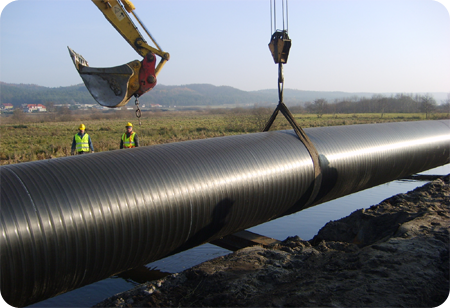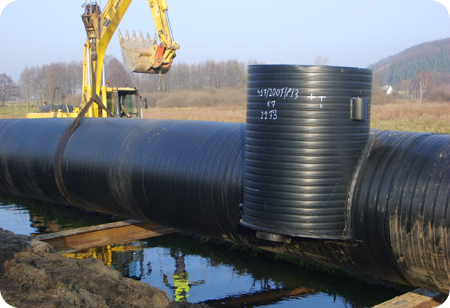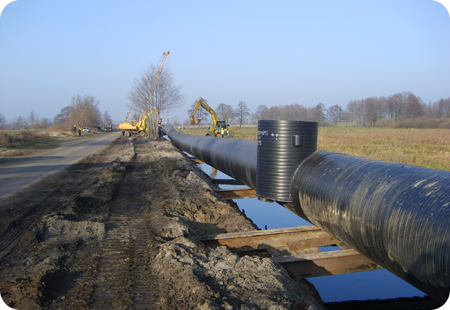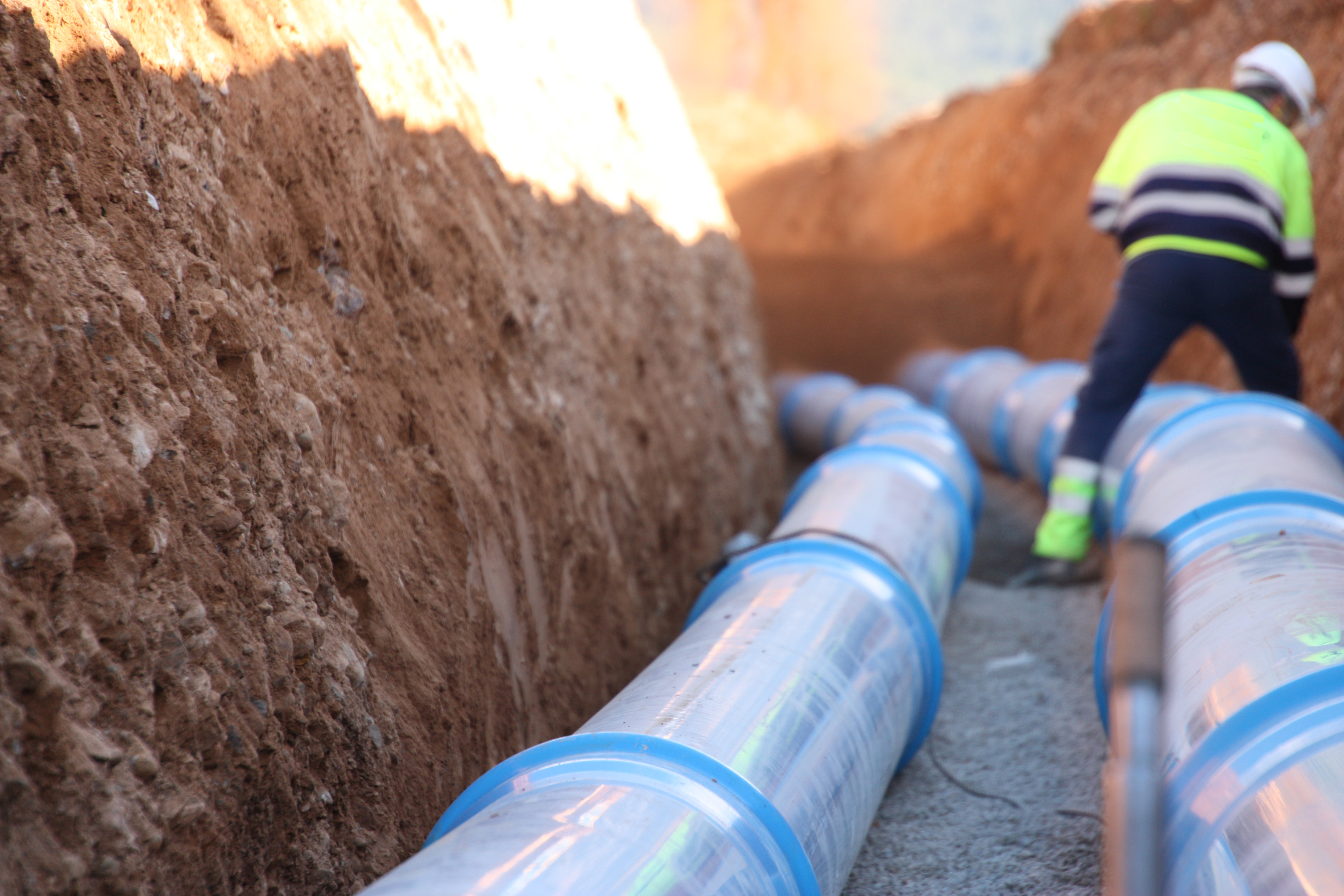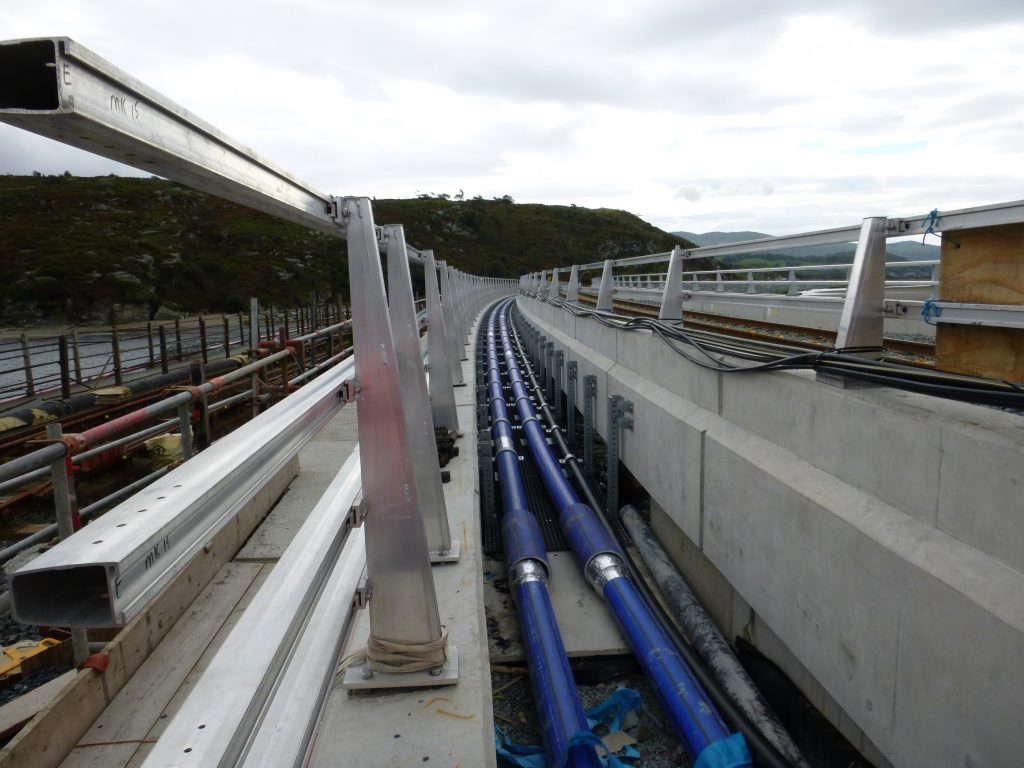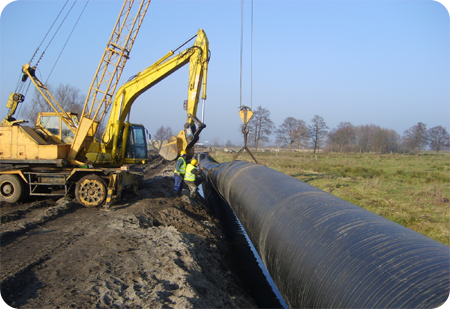
Nobody likes an open sewer running alongside their back door. Such problems can never be ignored. The relationship between an excellent reputation and plastic pipes is intimate as residents of a village in North Poland soon discovered.
Ever since the early nineteen sixties, villagers of Kazimierz in the North of Poland have played home to a 2.2 kilometer open sewer. Running along an old river bed, this discharge channel linked the village to the DEBOGÓRZE Sewage Treatment Plant in Gdynia.
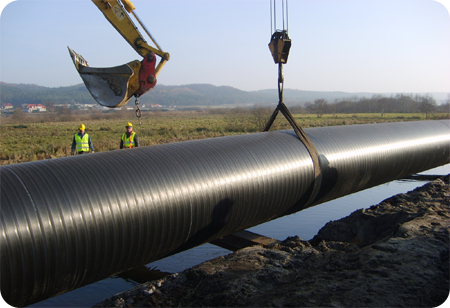
Its existence was hardly a rustic asset to village life during hot summers. And when its banks overflowed during rainy months, farmers complained about their soiled soil. The water and sewer utility company of PEWIK Gdynie were similarly displeased. They owned the sewer and were obliged to pay compensation to farmers for damage. They also had to settle large bills for clean-up and sewer maintenance. But building a completely new sewer was financially out of the question.
So how could the owners put things right and regain the support and loyalty of local residents and farmers?
‘Win-Win’
The solution came from a technical study carried out by PEWIK Gdynie. Its authors proposed the replacement of the channel by a large diameter non-pressure plastic pipe. They calculated that not only would the pipe deliver the desired flow capacity but it would also meet all the local hydro geological conditions. Furthermore, its installation and maintenance costs would be so low as to qualify their proposition for funding from the European Union.
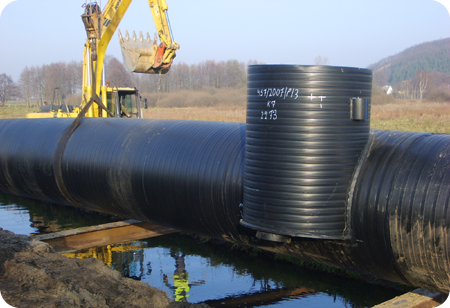
From all points of view, the scheme represented a win-win opportunity. Once it became approved and a contractor was chosen, the standard pipe elements were ordered and delivered. In August 2007, the contracting firm of BudimexDromex specified 2,257 meters of HDPE pipe alongside 22 manholes. By April 2008, the majority of the pipes had been made and delivered to site in custom length of 15 meter sections to ensure fast installation.
The 1,500 mm diameter pipes were welded into eight 300 meter sections on dry land. This phase also included connection to the 1,200 mm diameter manholes.
By virtue of their flexibility, plastic pipes are less likely to incur damage due to different soil settlements. Geotechnical analysis revealed that in this particular instance, there were two types of soil. Weak soils including peat occurred along a 1.2 kilometre section outside the village. The remaining 1 kilometer section comprised load bearing soils.
Drainage and preparation of the riverbed was therefore essential before it was ready to accommodate these sections. Well compacted gravel was used throughout the length of the watercourse. And for those weak soils, an additional geotextile ‘wrap’ was applied to provide the necessary support.
The eight 300 meter sections could now be gradually lowered on steel joists and the entire pipeline installed and commissioned.
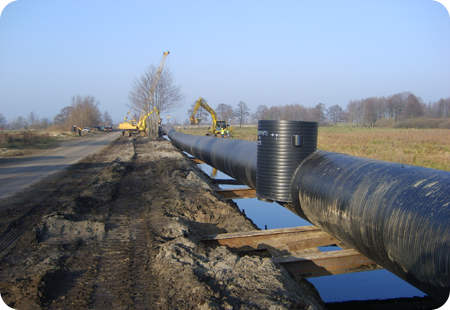
Invisible
Within seven months but not without a measure of Polish bad weather, the villagers of Kazimierz could forget about their malodorous past. The new pipeline covers almost the entire length of the open channel, except for a 64-metre discharge area adjacent to the treatment plant, which was reinforced with stone coating in order to decelerate the flow of treated waste into the new pipeline.
Gone is the concern over the free-flowing biological safety of that open sewer. Local residents and farmers alike are delighted. PEWIK Gdyniewere similarly pleased. In one stroke of the pipe engineer’s pen, this water and sewer utility company had rightly opted for a light weight scheme that was easy to install and whose components were made from the same material. More economical to build and maintain than heavy non plastic pipe materials, this modern and professional pipeline will endure for possibly a hundred years. Its leak-free performance will also persist.
Nobody will know that it is there – now that the waters have been calmed and village life has been restored.
